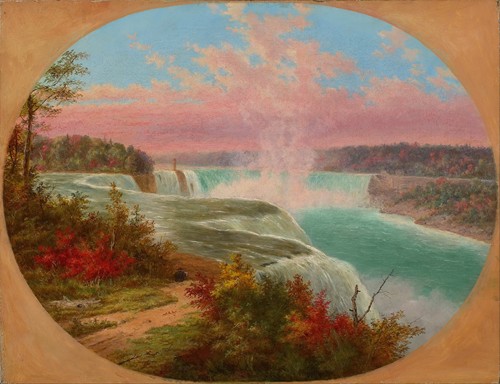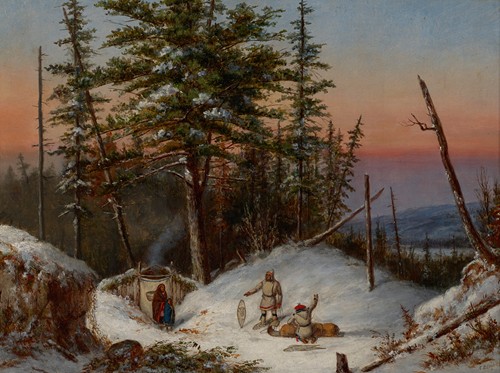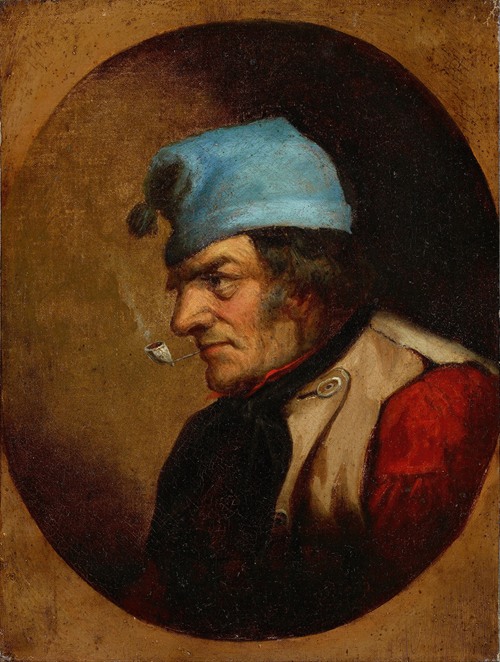

Cornelius David Krieghoff was a Dutch-born Canadian-American painter of the 19th century. Krieghoff is most famous for his paintings of Canadian landscapes and Canadian life outdoors, which were as sought after in his own time as they are today. He is particularly famous for his winter scenes, some of which he painted in a number of variants (e.g. Running the Toll).
Krieghoff was born in Amsterdam, Kingdom of Holland. When Cornelius was a boy, his father Johann Ernst Krieghoff returned to Germany (Krieghoff was likely German extraction via Lorenz Krieghoff of Thuringia) and worked for Wilhem Sattler to establish a wallpaper factory. His family was given accommodations in Schloss Mainberg, a 12th-century castle owned by Sattler, situated overlooking the Main River. He was initially taught by his father and then entered the Academy of Fine Arts in Germany about 1830. He moved to New York in 1836, and enlisted in the First Regiment of Artillery in the United States Army in 1837. While in the army, he made sketches of the Second Seminole War. He was discharged as Corporal from the army in 1840. Krieghoff traveled to Paris in 1844, where he copied masterpieces at the Louvre under the direction of Michel Martin Drolling (1789–1851).
Together with his wife Émilie Gauthier, he moved to Montreal around 1846; he participated in the Montreal Society of Artists in 1847. While in Montreal, he befriended the Mohawks living on the Kahnawake Indian Reservation and made many sketches of them from which he later produced oil paintings.
He and his family (daughter Emily) moved to Quebec City in 1853. He returned to Europe in 1854, visiting Italy and Germany. In 1855, he returned to Canada. He served for a short time in the Volunteer Militia Company of Engineers (a Canadian Militia unit in Hochelaga, Montreal), then lived in Europe from 1863 to 1868 and moved to Chicago to retire. He died in Chicago on March 5, 1872 at the age of 56 and is buried in Graceland Cemetery in Chicago. A decade later, on June 8, 1881, the Great Quebec Fire destroyed many of the sketches he had done at the time of his service In the First Regiment of Artillery in Florida, which were owned at the time by John S. Budden, who had lived with the artist for thirteen years.





